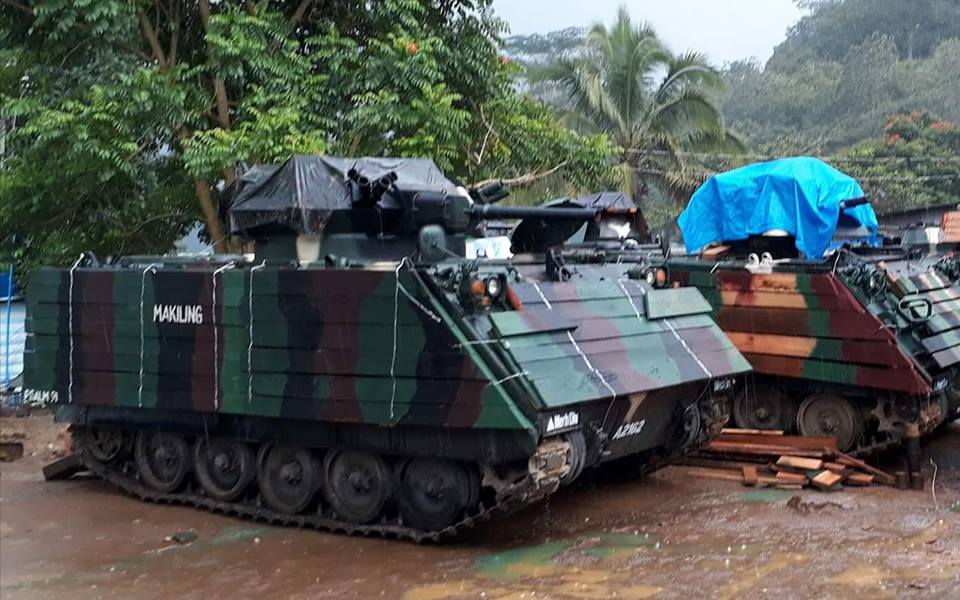

During a debriefing after the first two air battles, a pilot from USS Lexington remarked "Why, hell, it was just like an old-time turkey shoot down home!" The outcome is generally attributed to a wealth of highly trained American pilots with superior tactics and numerical superiority, and new anti-aircraft ship defensive technology (including the top-secret anti-aircraft proximity fuze), versus the Japanese use of replacement pilots with not enough flight hours in training and little or no combat experience. The aerial part of the battle was nicknamed the Great Marianas Turkey Shoot by American aviators for the severely disproportional loss ratio inflicted upon Japanese aircraft by American pilots and anti-aircraft gunners. This was the largest carrier-to-carrier battle in history, involving 24 aircraft carriers, deploying roughly 1,350 carrier-based aircraft.


The battle was the last of five major "carrier-versus-carrier" engagements between American and Japanese naval forces, and pitted elements of the United States Navy's Fifth Fleet against ships and aircraft of the Imperial Japanese Navy's Mobile Fleet and nearby island garrisons. It took place during the United States' amphibious invasion of the Mariana Islands during the Pacific War. The Battle of the Philippine Sea was a major naval battle of World War II on 19–20 June 1944 that eliminated the Imperial Japanese Navy's ability to conduct large-scale carrier actions.


 0 kommentar(er)
0 kommentar(er)
